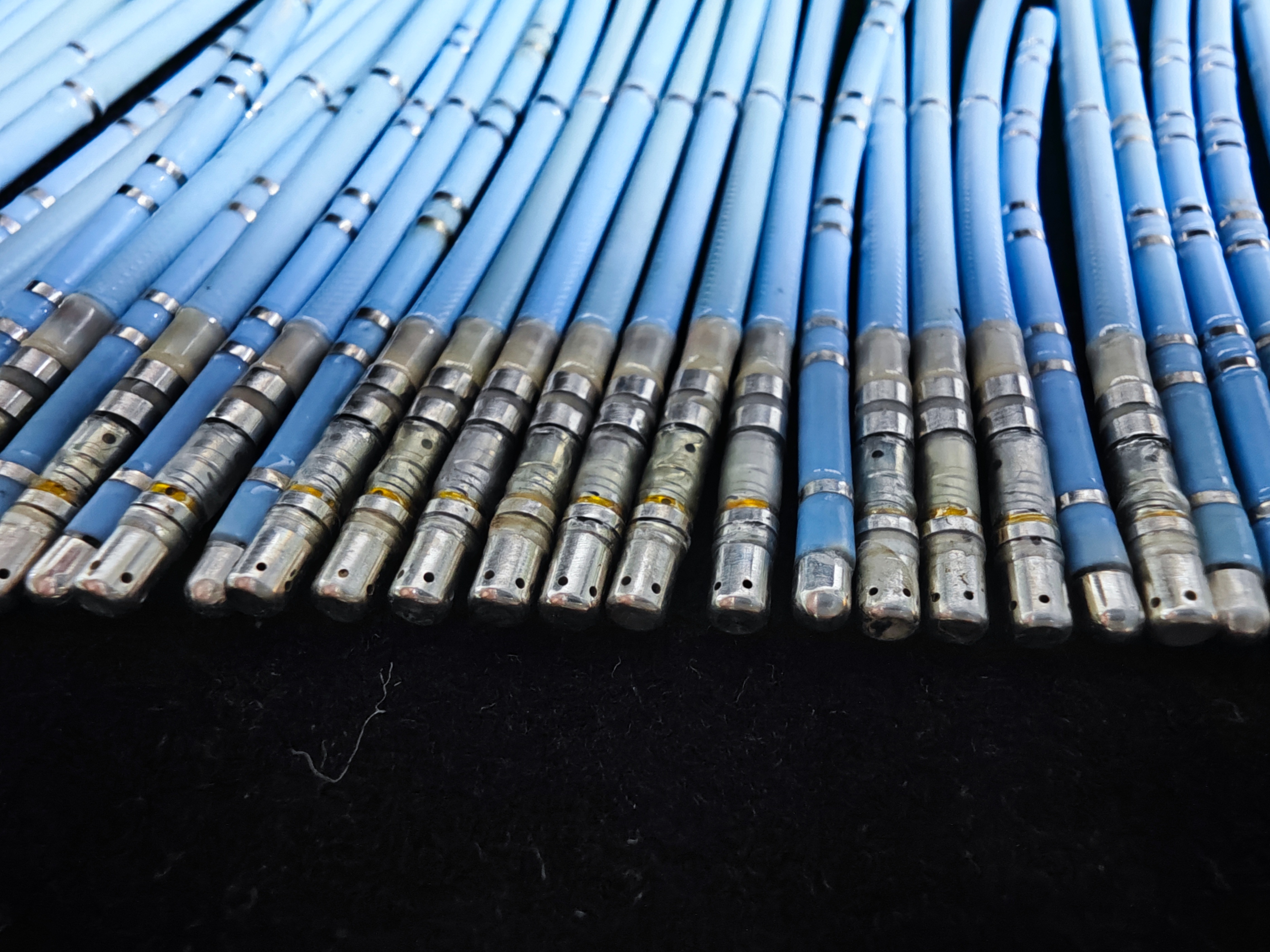Ablation catheters are mainly divided into radiofrequency ablation catheters and cryoablation catheters. These catheters are crucial in interventional treatments, but their use is limited. Generally, they become iridium and ruthenium waste after surgery. These radiofrequency catheters contain a certain amount of platinum and iridium precious metal components, which have high recycling value. Recycling of radiofrequency catheters can reduce medical waste and bring a certain amount of revenue to the hospital.

The recycling price of platinum and iridium is high. The recycling value of platinum- and iridium-containing ablation catheters varies with different models. Undoubtedly, the recycling value of these platinum-iridium ablation catheters can reach 20 to 100 yuan each. Recycling of batch ablation catheters can Bring additional revenue to the hospital.
The price of platinum has continued to fall recently, and the recycling price of one gram of platinum has reached 202.5 yuan. There are certain risks in recycling ablation catheters. Almost everyone is chasing the rise rather than the fall. When the price of platinum is falling every day, recycling ablation catheters takes a lot of risks. With the rise of new energy power, gold, silver, platinum, palladium When will the downward trend of prices be stopped? Let's wait for the flowers to bloom!
The recycling process of scrapped ablation catheters involves strict medical waste management. In order to ensure the safe disposal of catheters, scrapped catheters must be classified and stored, and then undergo several steps of cleaning, classification, disassembly and purification.
文章末尾固定信息



评论